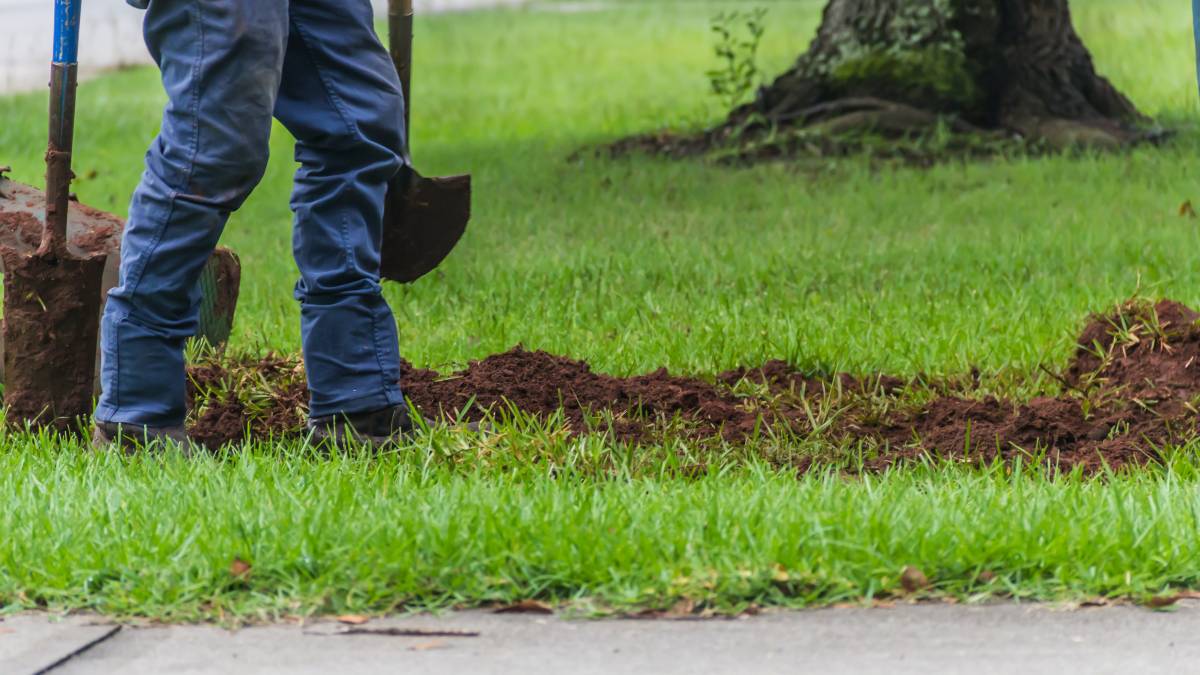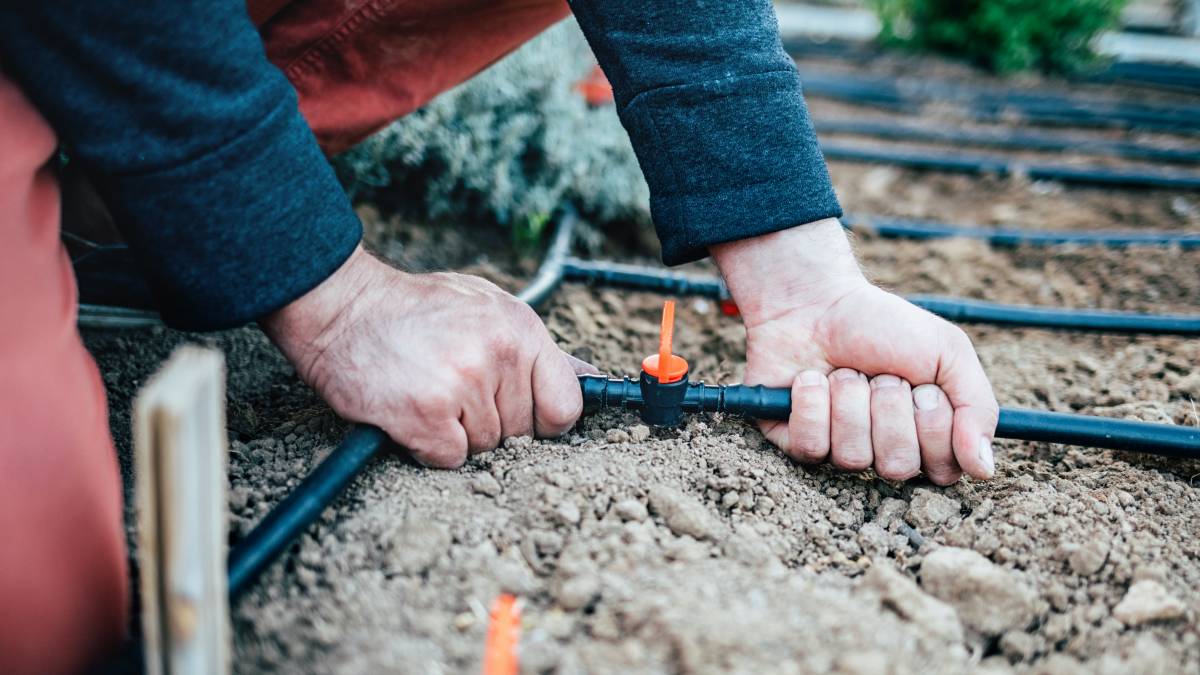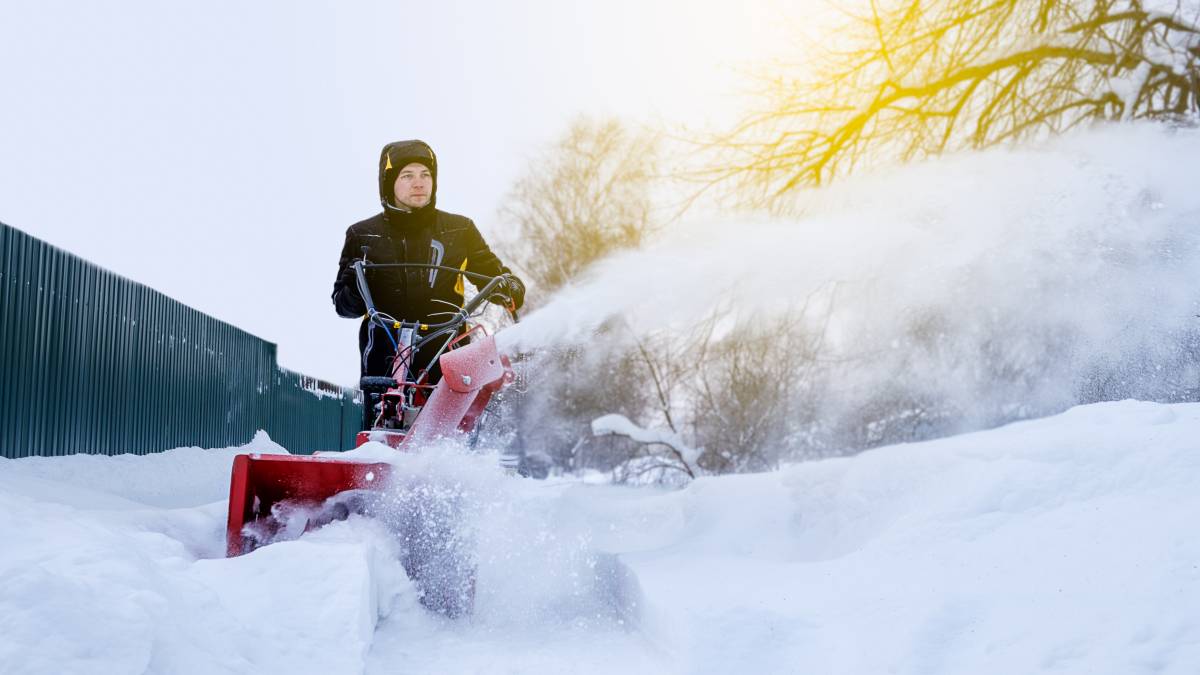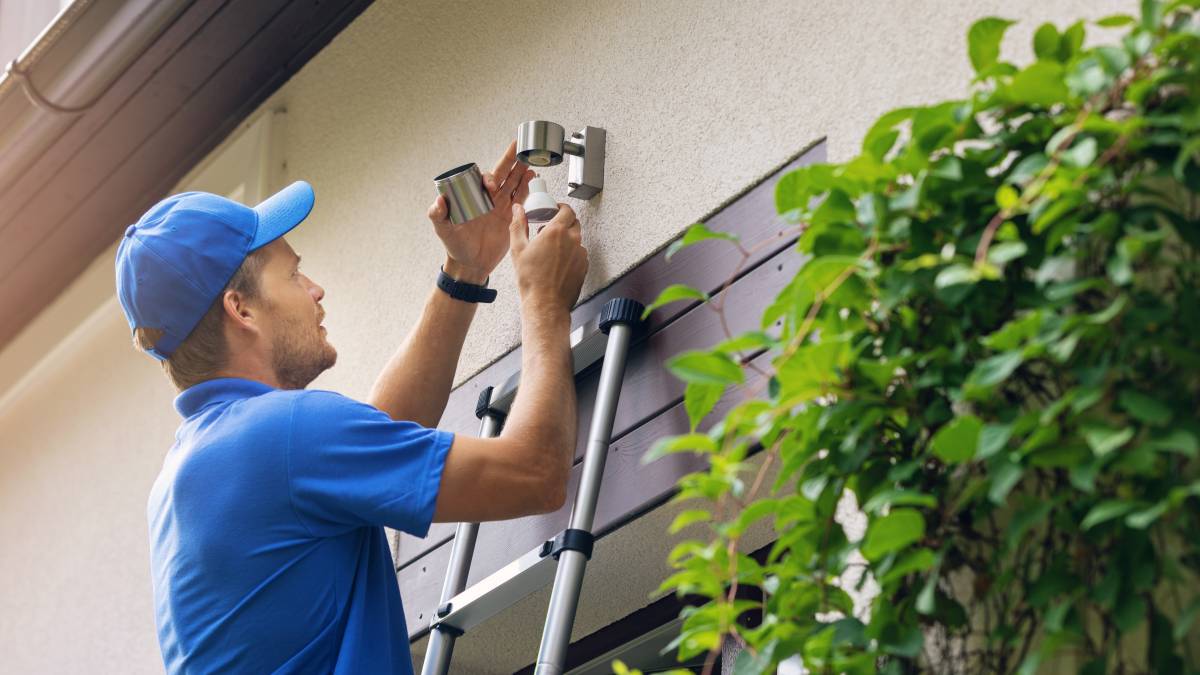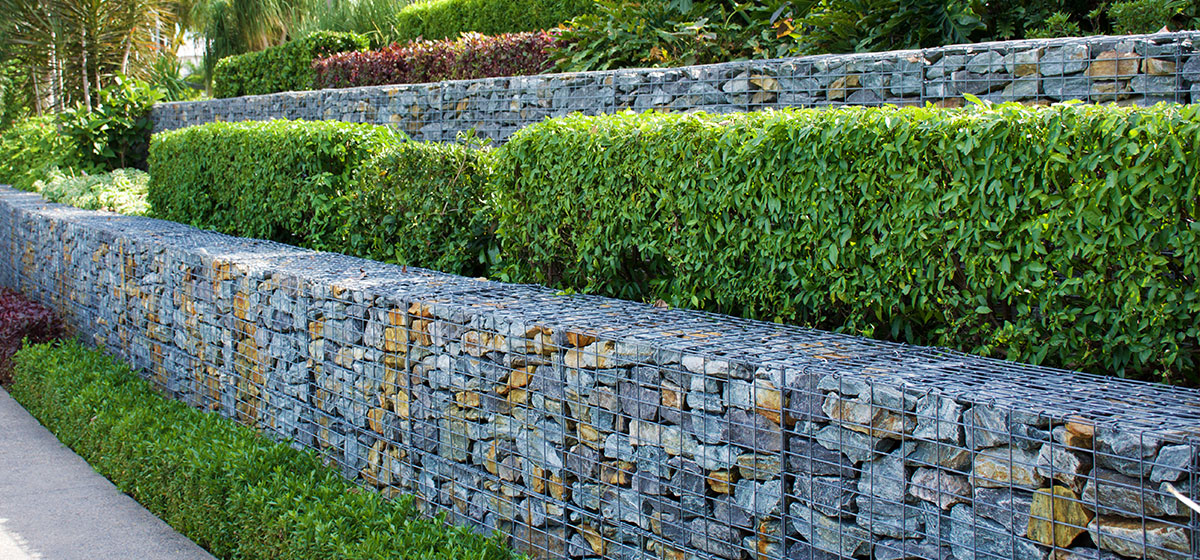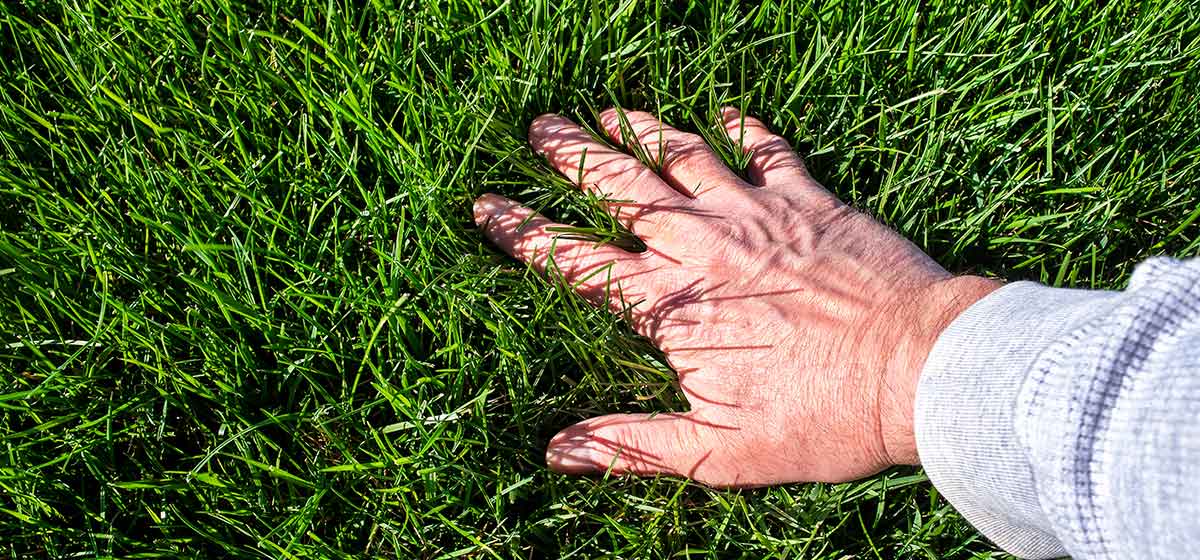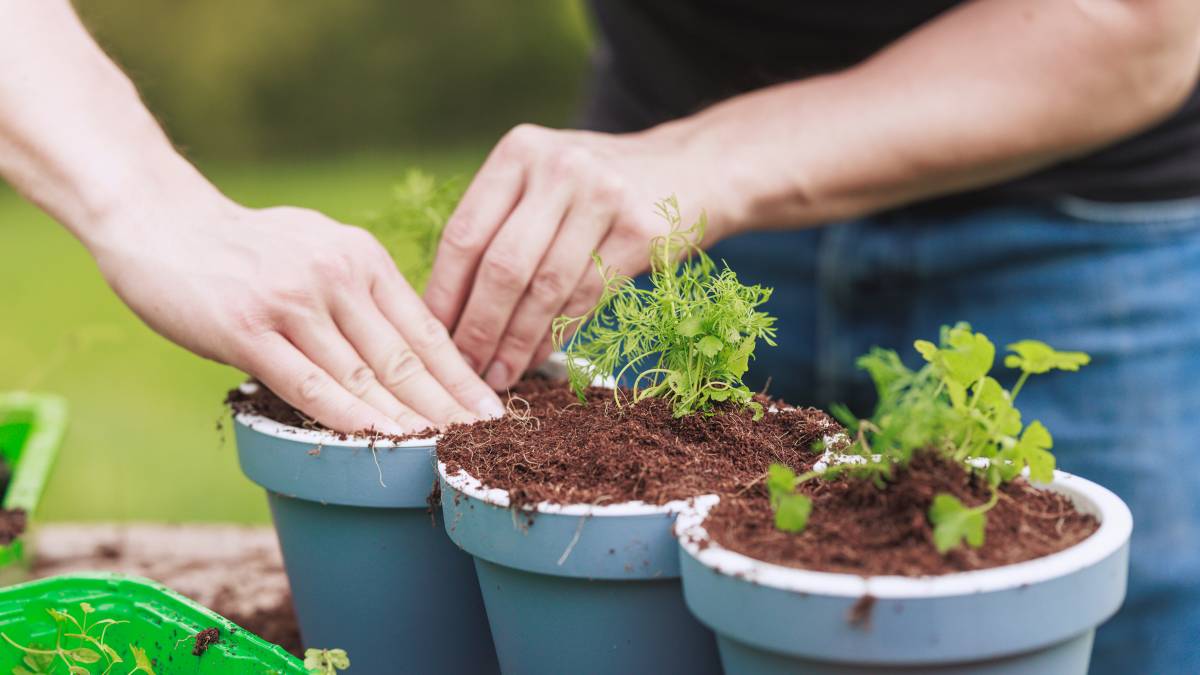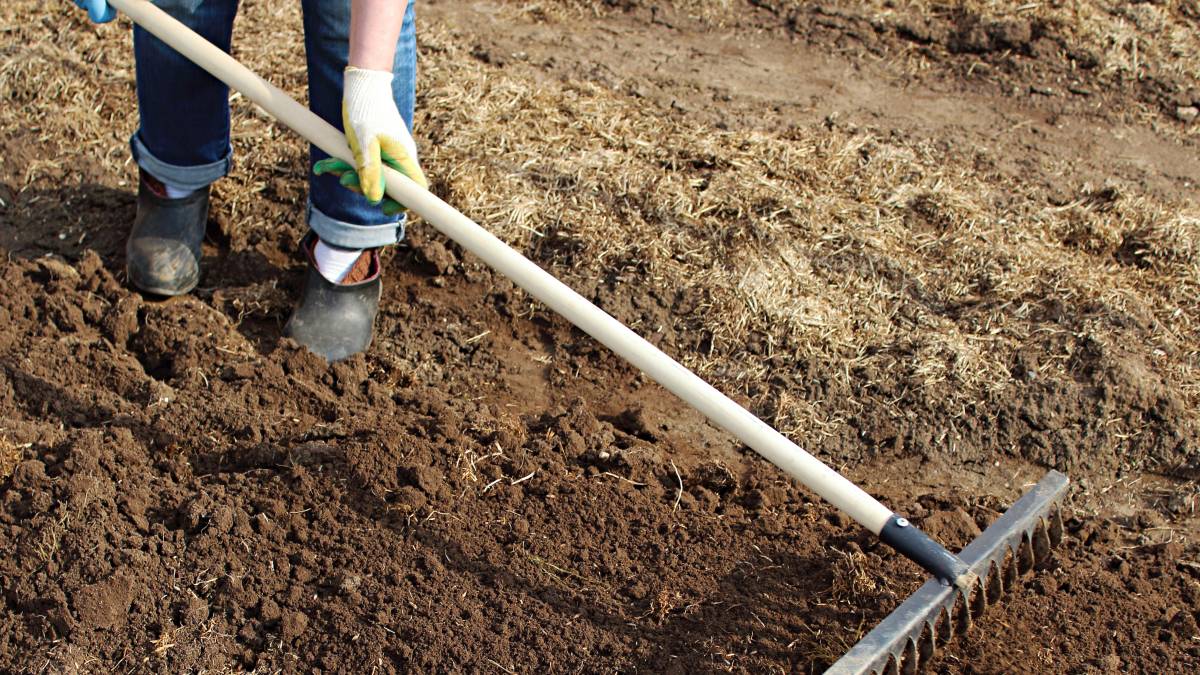
Garden levelling cost: What you’ll really pay for a smooth, safe yard
Get a free quote nowPost to find a price. It's free and only takes a minute.
Price guide
$500 - $6,000
low
$500
median
$1,000
high
$6,000
Last Updated on
Key Facts
- If you have a steep or rocky block, full garden levelling can cost $1,500 to $6,000 or more, especially if you need retaining walls or drainage solutions.
- The shape of your block, soil type, and what is hidden below all affect how tricky the job is, so take time to understand your yard before you start.
- Where you live changes what you pay for labour, equipment hire, and even what solutions you might need for drainage and soil.
Did you know that 45% of Australians now grow their own food at home? Many start with big dreams of productive gardens, only to discover their sloped backyard fights them every step of the way. Water runs off instead of soaking in, soil erodes with every rain, and planting anything becomes a balancing act. Garden levelling solves these headaches, creating stable ground that actually works for growing food and family fun.
While minor levelling starts around $500, most Australian homeowners invest $1,500-6,000 for comprehensive residential projects. This guide breaks down exactly what drives these costs, helping you plan your budget for the level, functional garden space that makes outdoor living genuinely enjoyable.
| See also: How much does a garden makeover cost? |
How much does garden levelling cost?
Here's what you can expect to invest in your garden transformation. Keep in mind that every garden is unique, so these ranges give you a solid starting point for budgeting conversations with potential Taskers.
| Project type | Cost range | What's usually included |
|---|---|---|
| Minor levelling (small patches) | $500 - $1,500 | Fixing bumps, basic topdressing |
| Standard residential garden | $1,500 - $4,000 | Moderate slope correction, soil work |
| Large residential project | $4,000 - $8,000 | Significant levelling, retaining features |
| Commercial/complex projects | $10,000 - $30,000+ | Major earthworks, specialized equipment |
Just note that the costs vary based on location, soil conditions, and project complexity. For instance, Sydney and Melbourne typically see 20-30% higher rates. Want to save more? Since you've already got the machinery on-site and your landscaper's workflow sorted, adding related projects like lawn repair, garden decking, or even tree pruning can save you 15-30% compared to separate projects.
Factors affecting garden levelling costs
How much does it cost to level backyards? It depends on several factors, and it's best to understand them to avoid surprises when hiring a garden designer.
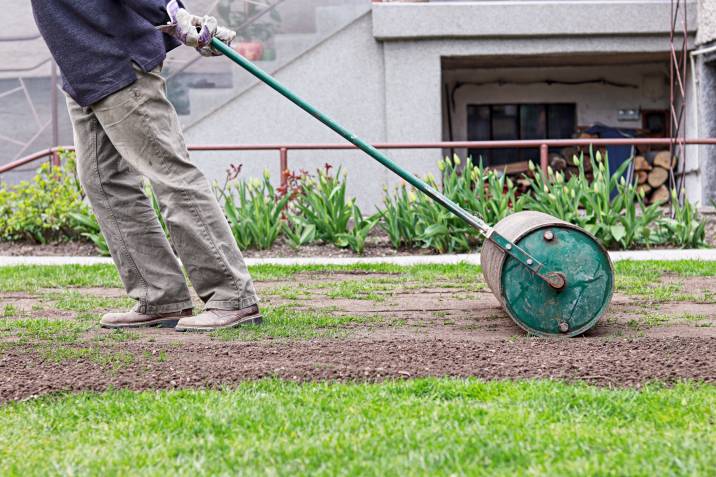 Person using a lawn roller to level soil in a backyard (Source: iStock)
Person using a lawn roller to level soil in a backyard (Source: iStock)
Garden size and accessibility
Garden size and accessibility are your biggest cost factors. Larger spaces need more soil, longer work hours, and potentially heavy machinery like bobcats or excavators that can add $300-600 per day to your project. If you’re out in the sticks, factor in extra time and cost for transporting big gear, too.
Got narrow gates, steep driveways, or tight corners? Poor access can slow everything down. Your landscaper might have to hand-carry soil, use wheelbarrows instead of diggers, or hire compact machinery.
Slope, soil, and terrain
If your garden's on a slight slope (under 15 degrees), you’ll probably just need some grading and fill dirt. However, steeper slopes often mean major excavation, more soil to move, and retaining walls costing $30-300 per linear metre, depending on materials.
More importantly, the soil type in your area can affect your final bill. For instance, sandy soil shifts easily, but it does need proper stabilisation to prevent erosion. Got clay or rocky ground? That’s another serious work requiring specialised equipment and potentially double the labour hours.
If there are trees, shrubs, rocks, and fences that need to be cleaned, removed, or rearranged, they add to the project’s complexity. Excavating and transporting big trees and rocks could take time. You might need services from an earthmoving contractor. Of course, this would also entail additional costs.
Materials and equipment
Materials to fill up the land, such as dirt and topsoil, can affect the average cost. Quality topsoil is essential since the goal is to create a productive and bountiful garden. Besides topsoil, fill dirt is another important material in levelling your sloping garden. Although fill dirt is often cheap, the cost of transporting, digging, or removing it is another matter.
Aside from dirt and soil, a retaining wall affects garden levelling costs in Australia. Concrete blocks are often pricey but sturdier than other materials. Breeze blocks are a cheaper option; however, they are more difficult to disguise. If your goal is to have a finish that matches the build of your house, house bricks and natural stone are good options.
Remember that the structure must be sturdy enough to withstand heavy rainfall and future wear and tear. Having to replace a retaining wall is expensive and inconvenient.
Your location
Where you live can make a big difference to how much you spend on garden levelling, so it is worth thinking about early. If you are in a regional or rural area, getting the right equipment on site might cost more, especially if big machines like excavators need to travel a long way.
Living in a busy city can mean higher labour rates too. For instance, landscapers in big metro areas often charge more because of demand and extra business costs. Even your local weather and soil conditions can play a part. For example, if your area gets lots of rain or floods easily, you may need extra drainage work to keep your new level yard in good shape.
Before you start, consider what makes your location unique. Getting a few local quotes will help you see what you are really up for and avoid any last-minute surprises.
What are the benefits of levelling a garden?
Levelling a garden protects your home from flooding, soil erosion, and drainage problems. It also helps make your existing lawn more usable by having a delightful garden space with proper drainage and suitable topsoil. A properly executed garden levelling project makes your lawn easier to mow and encourages plant growth through better water absorption.
Professional garden levelling
While you might be tempted to DIY and reduce the cost of levelling a sloping garden, hiring a professional will pay off in the long run because:
- A professional knows the exact measurements of the slope and the thickness and specifications of the retaining wall to withstand years of changing weather conditions.
- A professional has access to equipment such as bulldozers, bobcat machines, and excavators.
- A professional knows the areas to protect from soil erosion and quickly source dirt fill and topsoil.
- A professional can quickly test the state of soil quality in your land and encourage plant growth.
- A professional knows the necessary permits and permissions for the project and can help you acquire them.
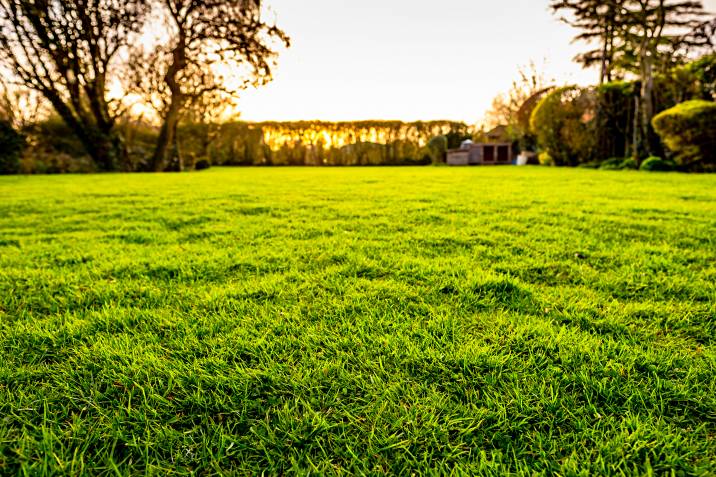 Smooth, freshly levelled lawn at sunset (Source: iStock)
Smooth, freshly levelled lawn at sunset (Source: iStock)
Posting a task for garden levelling
Garden levelling might look straightforward, but getting it right requires serious know-how about drainage, soil compaction, and structural integrity. In fact, a botched DIY job can lead to flooding, erosion, or expensive re-dos down the track.
Ready to connect with qualified landscaping experts in your area? Post your garden levelling task on Airtasker today and get competitive quotes from verified professionals who know exactly how to transform your sloped chaos into usable outdoor bliss.
FAQs
It depends on various factors, such as the height of the retaining wall and the complexity of the levelling project. It’s always best to consult your local council before starting the project to avoid any inconvenience.
It usually costs around $100 per hour. It could be higher or lower, depending on the season. Accessibility might also affect pricing, especially if heavy machinery is needed to dig up and transport the dirt.
Find levelling experts, fast
Post a task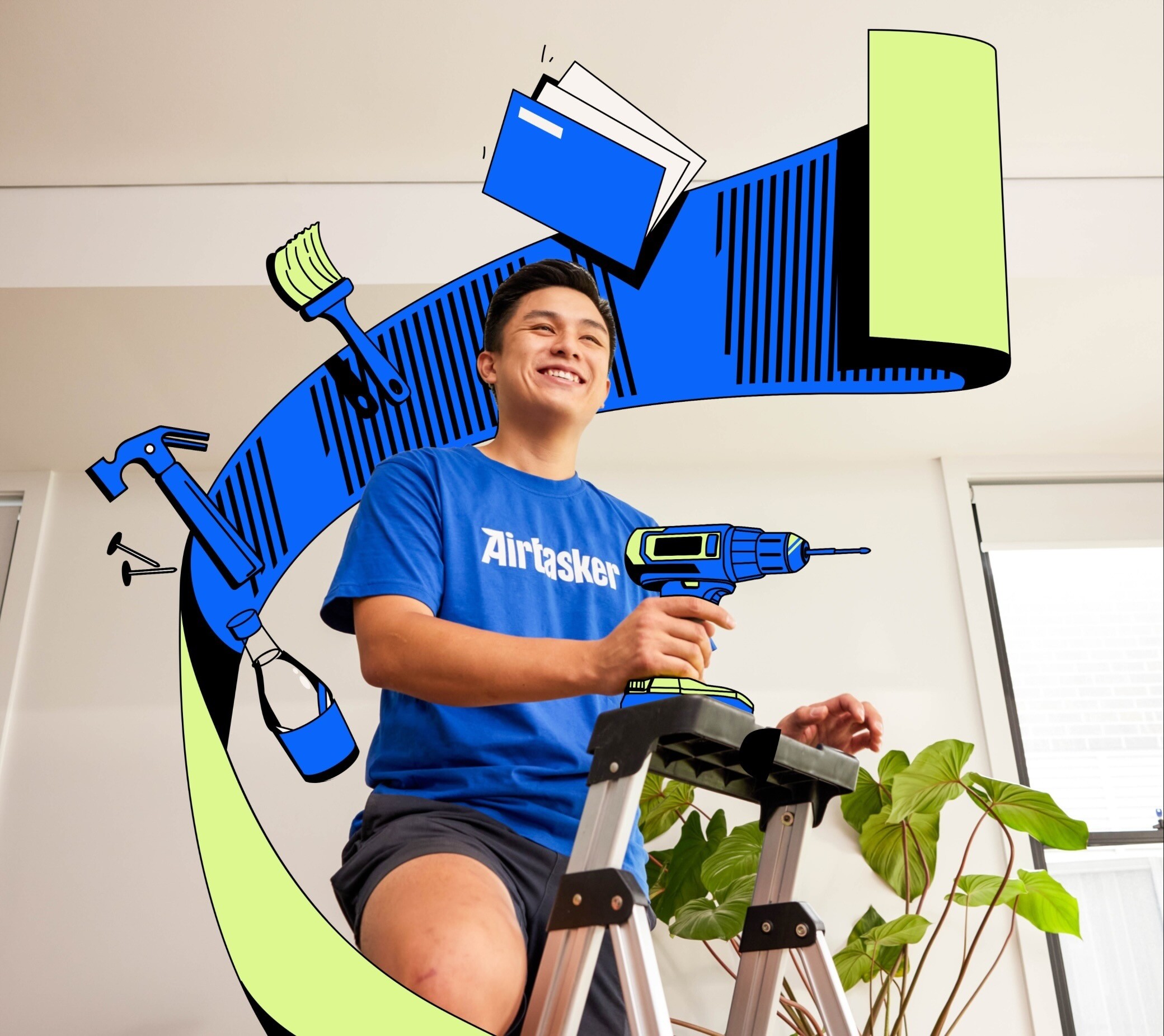
Related price guides
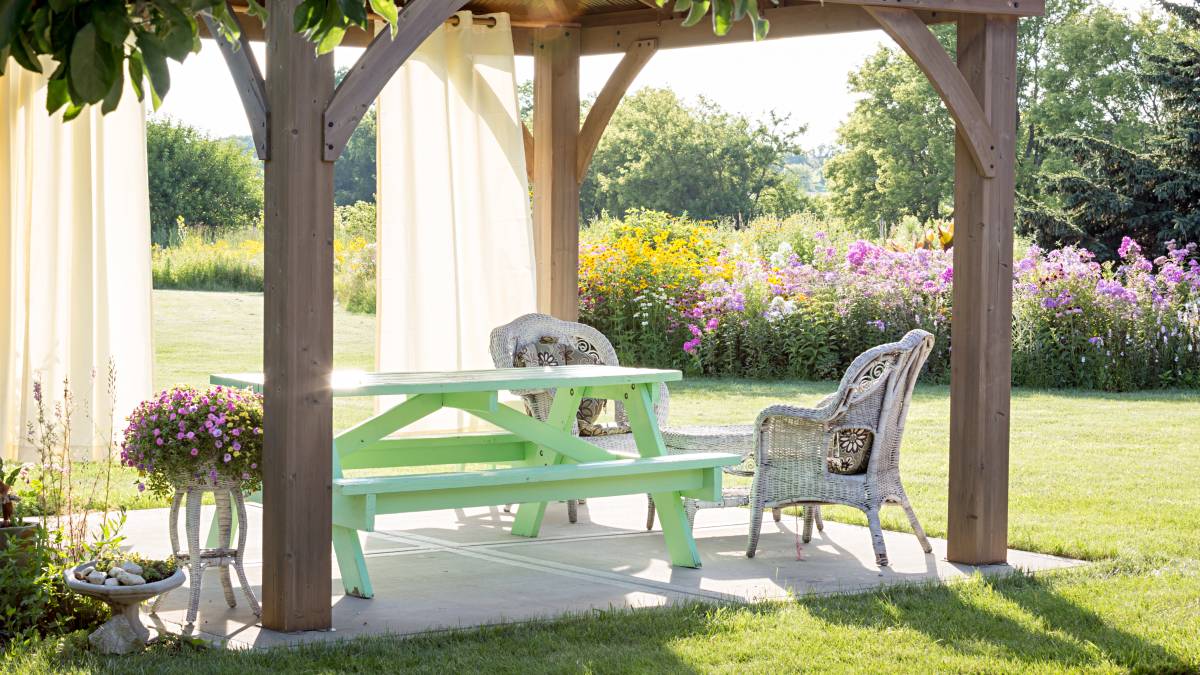
How much does landscaping cost?
Read more
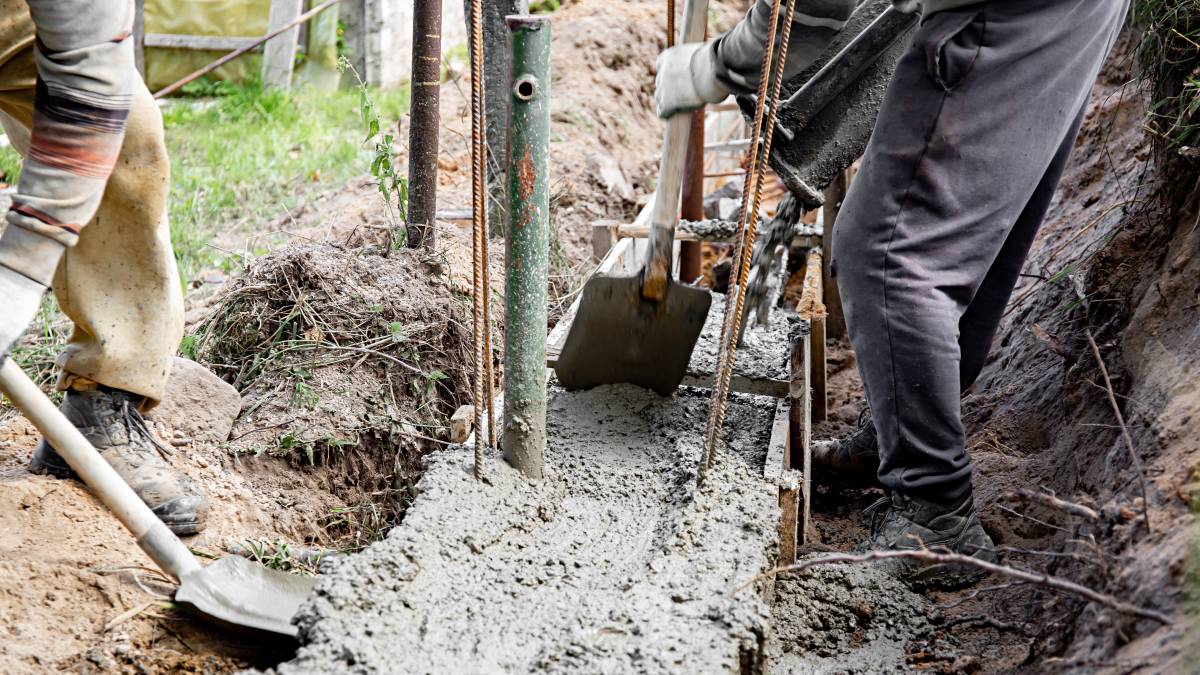
How much does a retaining wall cost?
Read more
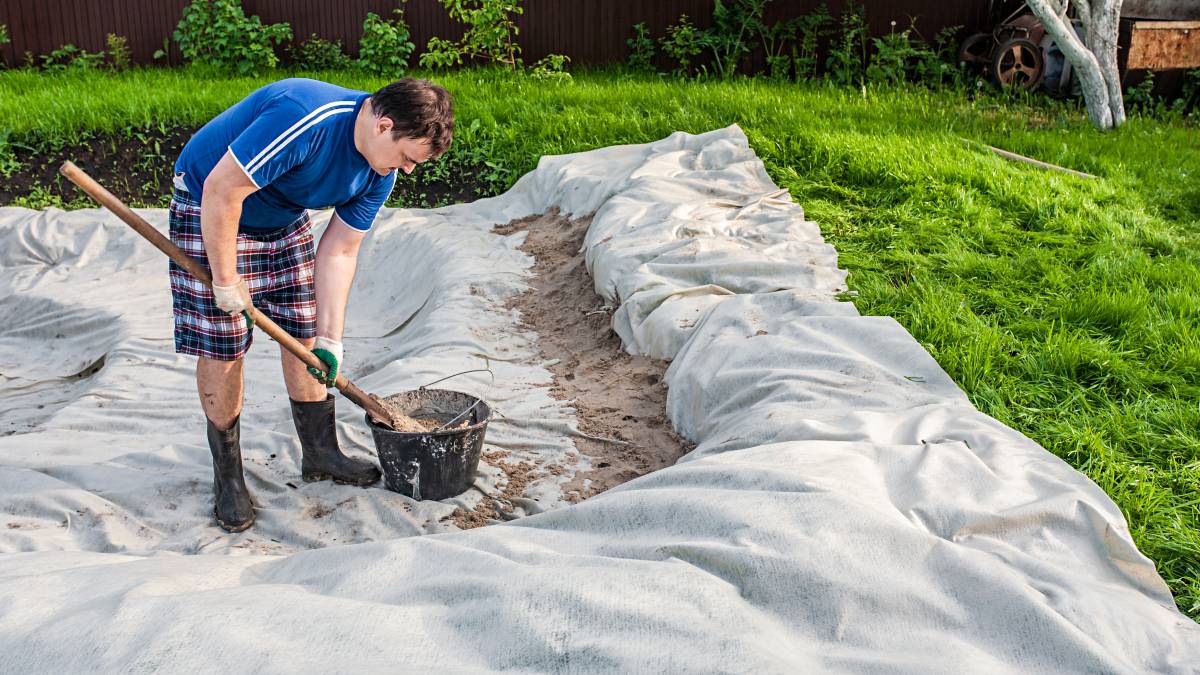
How much does a water feature cost?
Read more
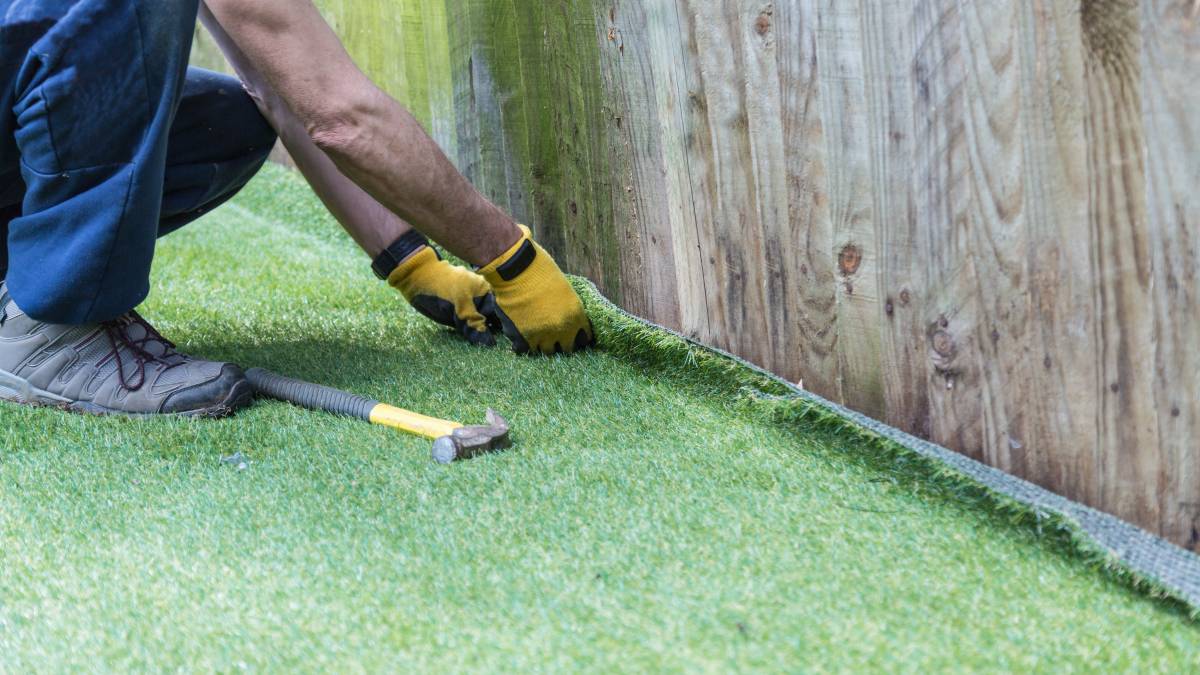
How much does artificial grass cost?
Read more
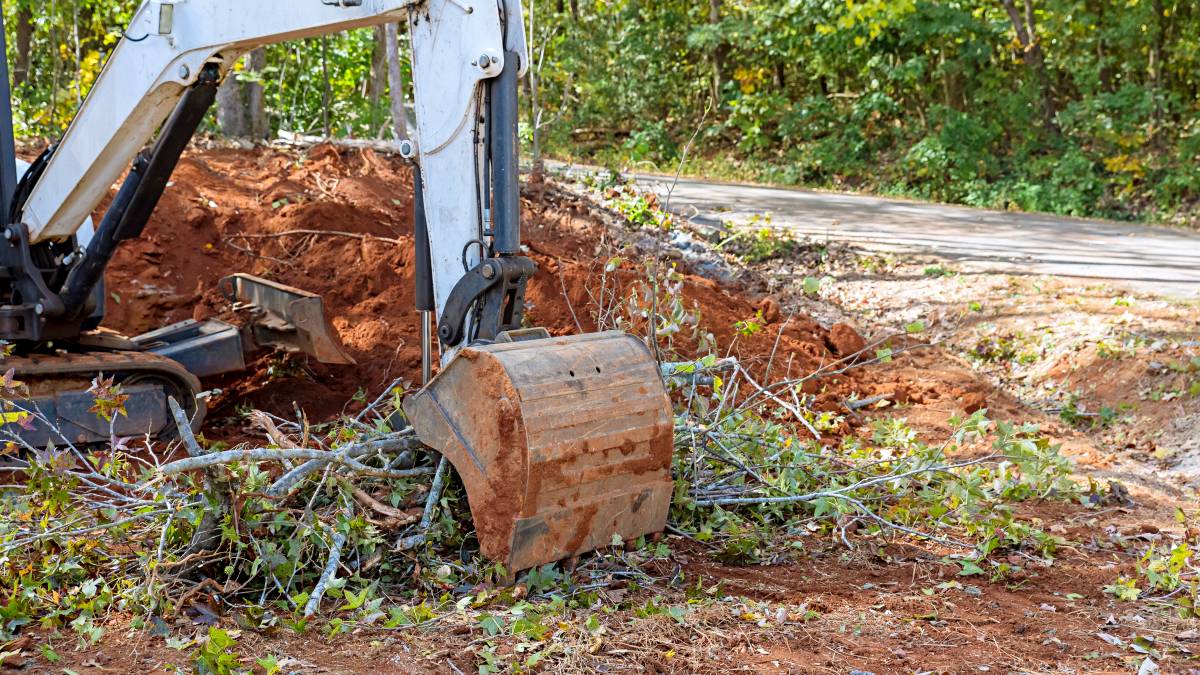
How much does it cost to clear land?
Read more
Related articles
